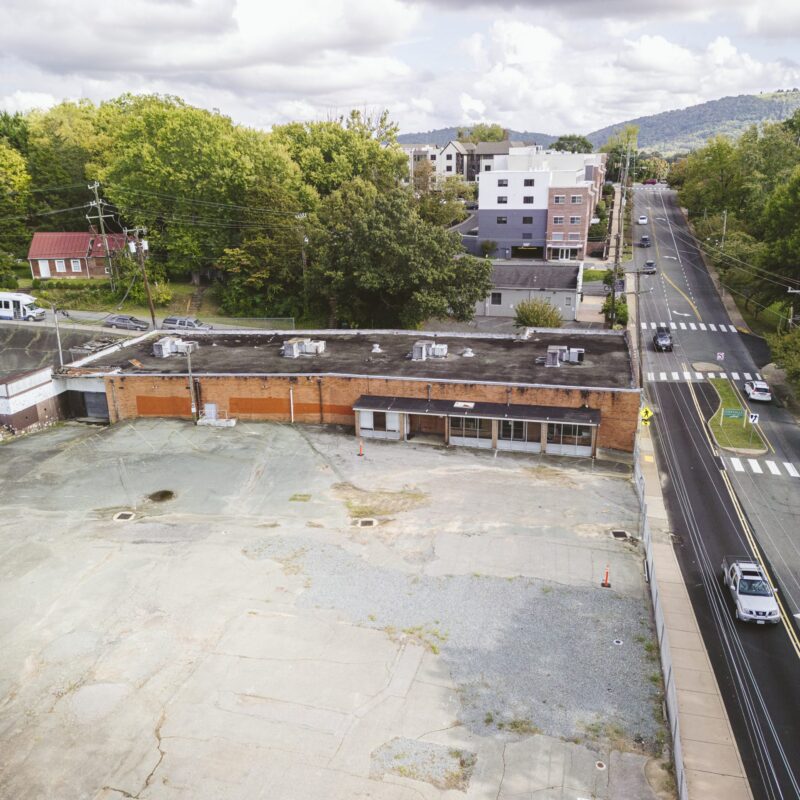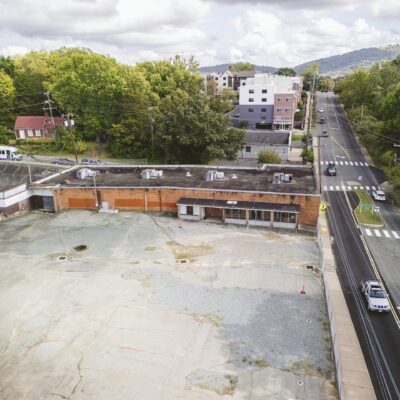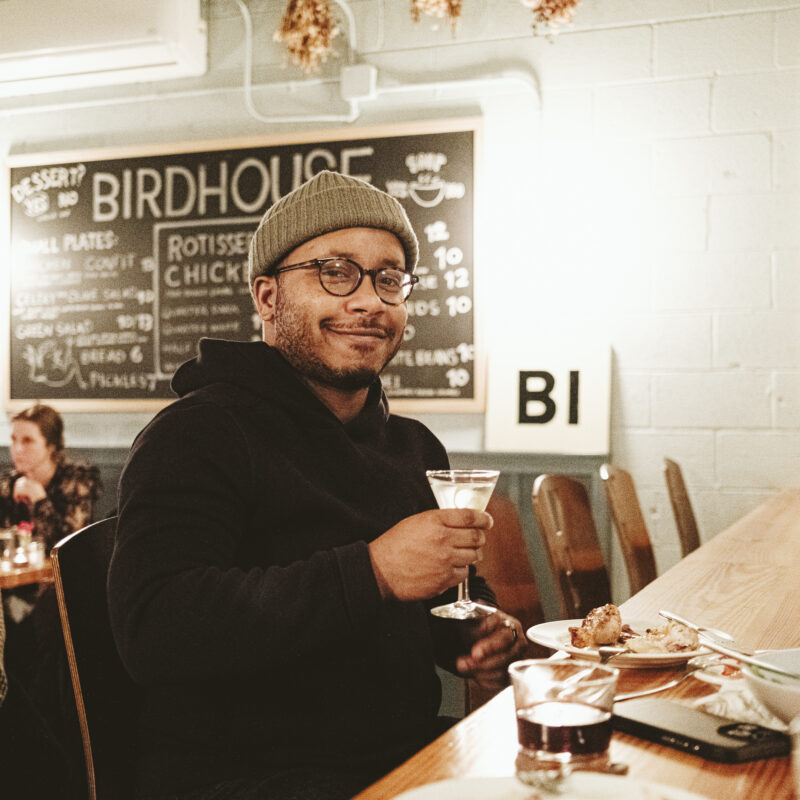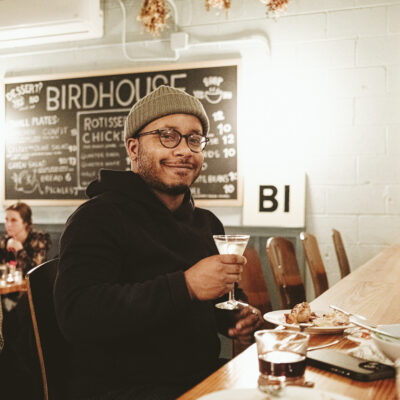With your trusty arts correspondent dispatched to the nation’s capital to watch the Big O take the oath of office (Jesus Christ, Almighty, it’s really happening!), an event that’s already brought out all the Big A and little a artists in the nation and which
| • For another dance review from this issue, click here. |
promises a noontime performance of epic proportions on Tuesday, I sit at the Feedback desk temporarily to recount the tale of another president. Well, really, of a president’s slave. Scratch that—it’s a comment about a choreographer who makes a president’s slave her business, among many other matters. (By the way, look for Brendan’s report from Washington on Tuesday on "This Just In," c-ville.com’s headline news blog.)
The artist in question is Gesel Mason and over the weekend she performed at Culbreth Theatre on UVA’s campus. Her program was called “No Boundaries: Dancing the Visions of Contemporary Black Choreographers,” her purpose being pretty well summed up by the title. The show consisted of six works by four different choreographers, all black, one of them being Mason herself. Among her own works: an excerpt from “A Declaration of (In)Dependence: The Story of Sally Hemings,” who—say it with me, class—was the slave mistress of Thomas Jefferson.
I plead my case for more Mason below the photo.
![]()
.jpg)
Mason asked the UVA audience "Am I black enough?" Is anybody?
We have seen a sample of this work before. Four-plus years ago Mason brought a different excerpt from it to Charlottesville as part of C-VILLE Talks, a free performance and lecture series highlighting the works and ideas of leading artists and communicators and put on by your favorite local weekly newspaper. At that time the chatter was all about how to get Mason back to town with a full company of dancers to present the complete evening-length version of the Sally Hemings dance. If not in Charlottesville, well, by god where?
Um, Indiana. That’s one of the places where the full Hemings work was performed for an audience. D.C., Mason’s artistic home base, is another. But so far, not Charlottesville. C’mon, UVA; C’mon, Paramount Theater. If this town is big enough to host such dance luminaries as Bill T. Jones (at UVA in November) and Savion Glover (Paramount, February 2007), surely we can book Mason for another residency that would culminate with her complete “Declaration of (In)Dependence.”
And I make this plea not just because of the obvious local history connection. Mason is a damn fine artist, and I, for one but not alone, have been saying that since her days in the Liz Lerman Dance Exchange. Athletic, lyrical, smart, bad-ass, strong, compact, daring, just plain good people, Mason is great to watch. A highlight from the “No Boundaries” show: Mason bound at the wrists, seemingly strung up to a tree in a shabby white wedding dress, responding to invisible lashes from a slavemaster’s whip delivered for her sin of marrying another slave, as the spoken narrative of David Rousseve’s dance “Jumping the Broom” recounts. Controlled, frightened, spastic, yearning, coiled—Mason packs a world of emotion and meaning into a gesture as simple as opening her restrained palms. Masterful stuff.
Also on the bill, while we’re talking about “No Boundaries,” was a groovy, psychedelic piece by Urban Bush Women’s artistic director and chief choreographer Jawole Willa Jo Zollar and “Ella” by Robert Battle in which Miss Fitzgerald’s scat singing comes to life in one woman’s (dancer Sarah Levitt’s) torso. Mason opened the program with the always-welcome “How to Watch a Modern Dance Concert or What the Hell Are They Doing on Stage,” a witty intro to the form’s diverse qualities that I have no doubt was a welcome lead-in to the scores of students and dance newbies in the audience. Mason closed with “No Less Black,” a movement and text work that combined the lyricism and suppleness of Limon technique with tough questions: “I like Rachmaninoff…Am I black enough?”
With “No Boundaries” Mason’s purpose is to question whether there is a single entity called “black dance” and to spotlight how useless that phrase can be when the work coming from African-American choreographers is so varied. She made that point, ably. A larger point for the Charlottesville community, however, rests in Mason’s own multiple talents. Dancer, choreographer, and Hemings historian: We need to get this woman in our midst again and soon. Let’s get a look what she can acheive across boundaries when she sets out to tell one of our most important local stories.



